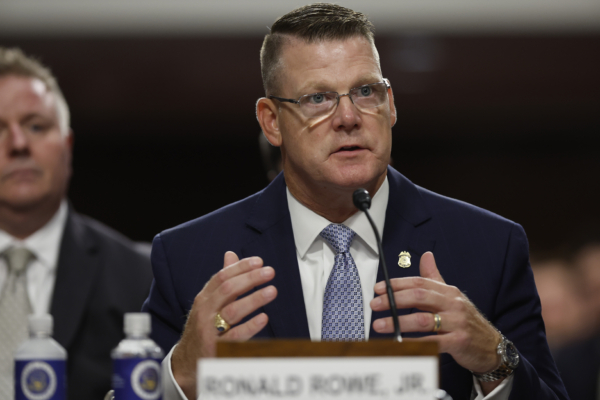The Secret Service of the United States released a document summary on Friday, September 20th, for the first time systematically documenting the operational errors in the attempted assassination of former President Trump in July, admitting to “communication breakdowns” and that “Secret Service personnel failed to fulfill their duties properly,” leading to the event.
This sensitive release of the five-page document summary comes in the wake of a second assassination attempt against Trump – authorities arrested a man who allegedly tried to shoot Trump at a golf course in Florida, putting the Secret Service under close scrutiny once again.
On July 13th, an attempted assassination occurred at a campaign rally in Butler, Pennsylvania, where Trump was hit in the ear by a bullet.
Acting Director of the Secret Service, Ronald Rowe Jr., stated during the press conference for the document summary release that the issues included the Secret Service’s failure to provide clear guidance to local enforcement agencies, failure to address visual blind spots at the rally venue, and some agents’ “complacency,” which ultimately led to Trump being shot.
Rowe said, “This is a mistake by the U.S. Secret Service. We must take responsibility for the failure on July 13th and learn from it to ensure similar mistakes are not repeated.”
He also mentioned, “I am acutely aware that we need to change the way we conduct our missions.”
The report detailed a series of “communication deficiencies” among security departments leading to 20-year-old perpetrator Thomas Matthew Crooks firing eight shots towards Trump from a building rooftop less than 150 yards away from where Trump was speaking, before being shot dead by a Secret Service counter-sniper.
Rowe stated that the building had been identified as potentially dangerous prior to the event, but officials failed to take appropriate actions to address these concerns. He said, “While some members of the advance team were diligent, others displayed negligence, resulting in violations of security protocols.”
Furthermore, local police officers supporting the Butler event were unaware of two separate communication centers on-site, the Secret Service security room and the Butler County Emergency Services Mobile Command Center. Consequently, these officers mistakenly believed that the Secret Service could directly receive their radio transmissions.
The report summary highlighted the excessive reliance on cell phones by law enforcement agencies, with crucial information being conveyed in a fragmented or piecemeal manner through cell phones or mobile devices, rather than through the Secret Service’s radio frequencies.
The summary explained a question that many have raised: why were there no law enforcement personnel stationed on the rooftop where Crooks fired shots?
The summary stated that a local tactical team was stationed on the second floor of the building from where Crooks fired, with multiple law enforcement units questioning the effectiveness of this post, but no “follow-up discussions” were held to change this post. Although the local law enforcement’s counter-sniper “apparently did not object to the position,” there was also no discussion with the Secret Service regarding the deployment of a team on the rooftop.
The summary revealed that the tactical team stationed on the second floor had no communication with the Secret Service before the rally, and was dispatched by the local police department to assist with the event without the Secret Service’s knowledge.
The report summary released by the Secret Service did not indicate any disciplinary actions against the relevant personnel, and the full document is expected to be finalized within the next few weeks.

